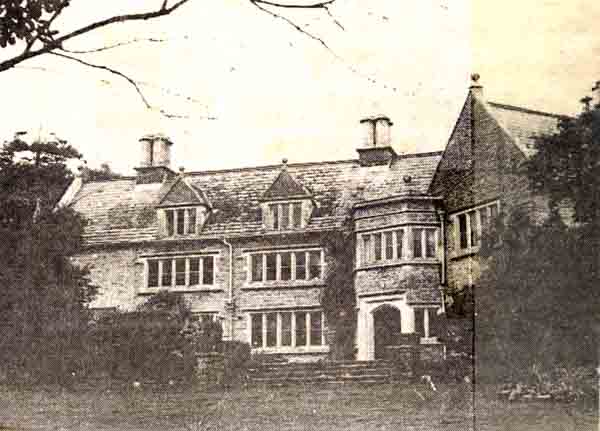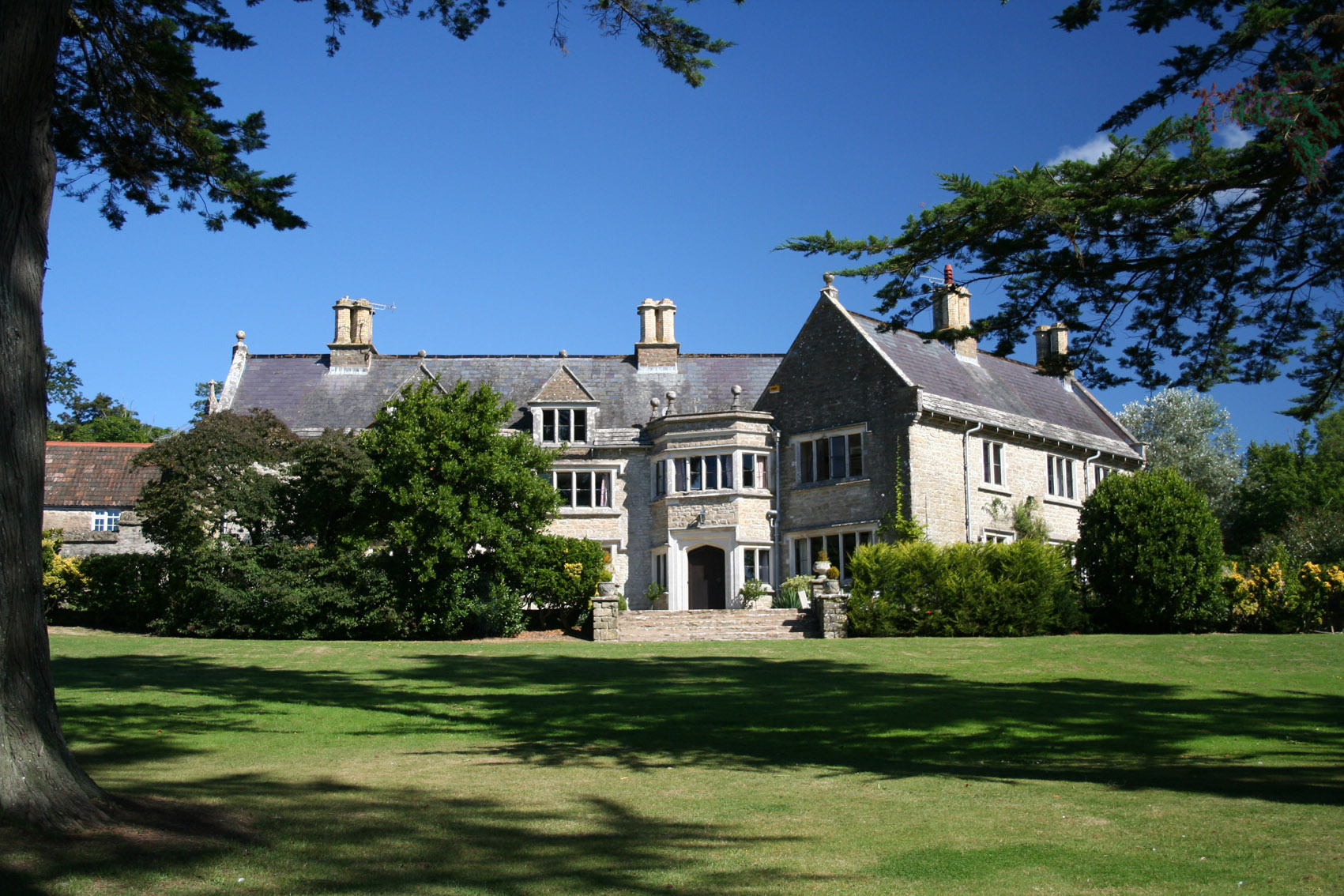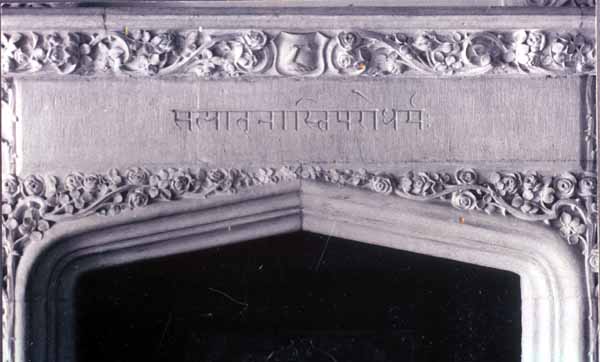The Story of Norburton Hall
Norburton Hall was originally a fortified farm dating back to the 1640s.


Just before being extensively renovated in 1902, the building now known as Norburton Hall was referred to as Squire Brown’s buildings and consisted of a large farmhouse, a dairy now called Dairy Cottage annexe, to the west side of the main building, Stables to the east, and a Gardener’s Cottage adjoining a threshing barn to the north of the main hall. Next to the barn is a low one-storey building which is shown on plans as cow stalls. Amongst other outbuildings there was also a Cider House to the South East.
The name, Norburton House was adopted in 1902 when the owner, Edward
T Sturdy (1860–1957) commissioned his uncle, who was an architect,
to undertake major refurbishment and building works. A wing was
added incorporating the main hall with its elaborately carved staircase
and the leaded window together with the 3 guest bedrooms all of
which reflect the Arts and Crafts movement.
Edward Sturdy had been a property developer based in London and
his move to the countryside coincided with a revival in the use
of traditional crafts as an antidote to mass production. The carved
staircase and detailed stonemasonry in the main hall are wonderful
examples of the Arts and Crafts movement. Edward Sturdy also studied
philosophy and gained a reputation as a Sanskrit scholar and translator.
His interest in Eastern cultures led him to travel quite extensively
and it appears that it brought him into contact with Walter Crane,
one of the founders of the Arts and Crafts movement. Walter Crane
designed an elegant fireplace with peacocks in the East wing of
the house. Evidence of Sturdy’s interests and travels is prevalent
in the house and the grounds:
• The magnificent evergreens in the grounds are Cupressus Macrocarpas brought back from his travels in New Zealand
• The fireplace in the dining room incorporates peacocks, an important symbol in Islamic, Ancient Persian, Greek and Christian cultures representing purity, truth, wisdom and immortality.
An ornate overmantel in Norburton House (Edward Toronto Sturdy).The Sanskrit inscription (prayer) over the fire place in the main hall “SATYAT NASTI PARA DORMA” has been translated by the British Museum to read ‘There is no higher law than truth’.
Back to history index
